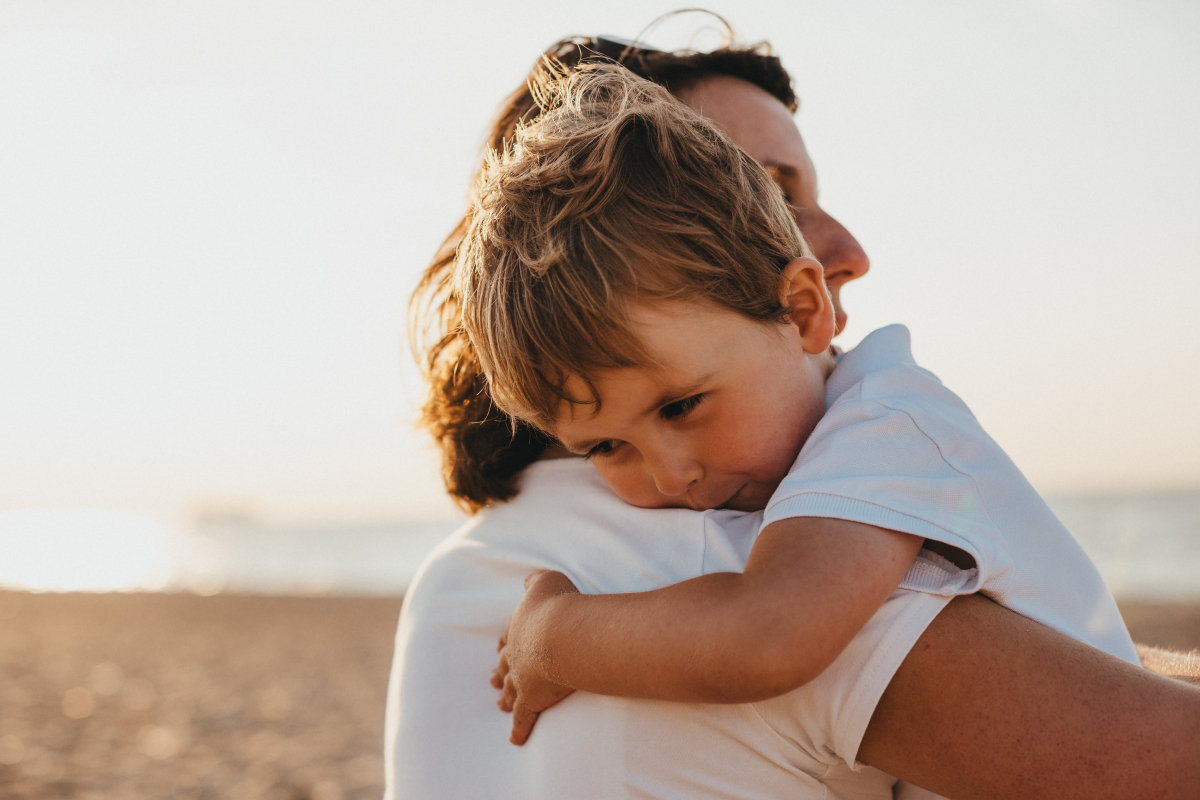 What is regulation?
What is regulation?
While there is a common perception that regulation equals calm, it actually means connection. According to Lisa Dion, Founder of the Synergetic Play Therapy Institute, regulation “refers to a moment of mindful awareness when we are connected to ourselves in the midst of whatever experience we are having.” When we are swept up in an intense emotion, such as anger, sadness, or fear, the expectation that we regulate to “get back to calm” is not only unrealistic, but also skips the process of connecting deeply with ourselves.
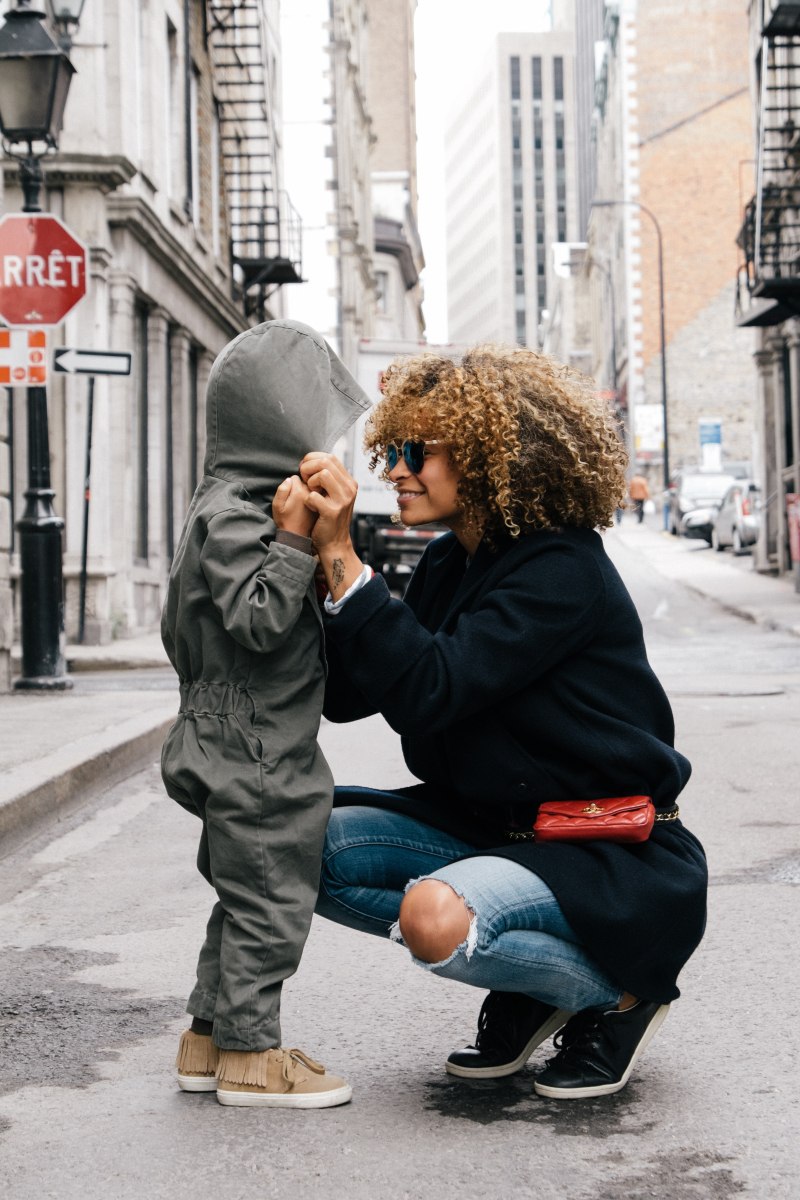 What is dysregulation?
What is dysregulation?
Despite its bad rap, dysregulation is not inferior to regulation. Just because regulation feels more comfortable and safe, doesn’t mean it is a more desirable state from a nervous system point of view. This is because, as Lisa explains, dysregulation is essential for growth. When we are in an activated state, with our mind swirling and hearts pounding, we are having an experience that challenges us - and therefore provides fuel for growth. By moving through dysregulated and regulated states, we are able to rest, integrate, and show up in our more challenging moments well-resourced to learn from them, adapt, and evolve.
Why regulate?
As individuals, the reason to regulate is two-fold: to connect with yourself, as all your emotional states are worthy of being present with, and to create an experience of rest and integration that supports growth. As someone who cares for or works with children, however, there is a third reason for regulation: to teach them how.
Modeling regulation is the single most powerful way to nurture children’s capacity to regulate themselves. Children are natural observers, and look to their caregivers and teachers’ behavior to learn how to act in moments of intensity. Modeling regulation also changes our own internal state for the better. By taking a deep breath, naming our feelings, or shaking it out, we are shifting into regulation for ourselves - which allows us to be a better resource, or emotional “anchor,” for the children we care for.
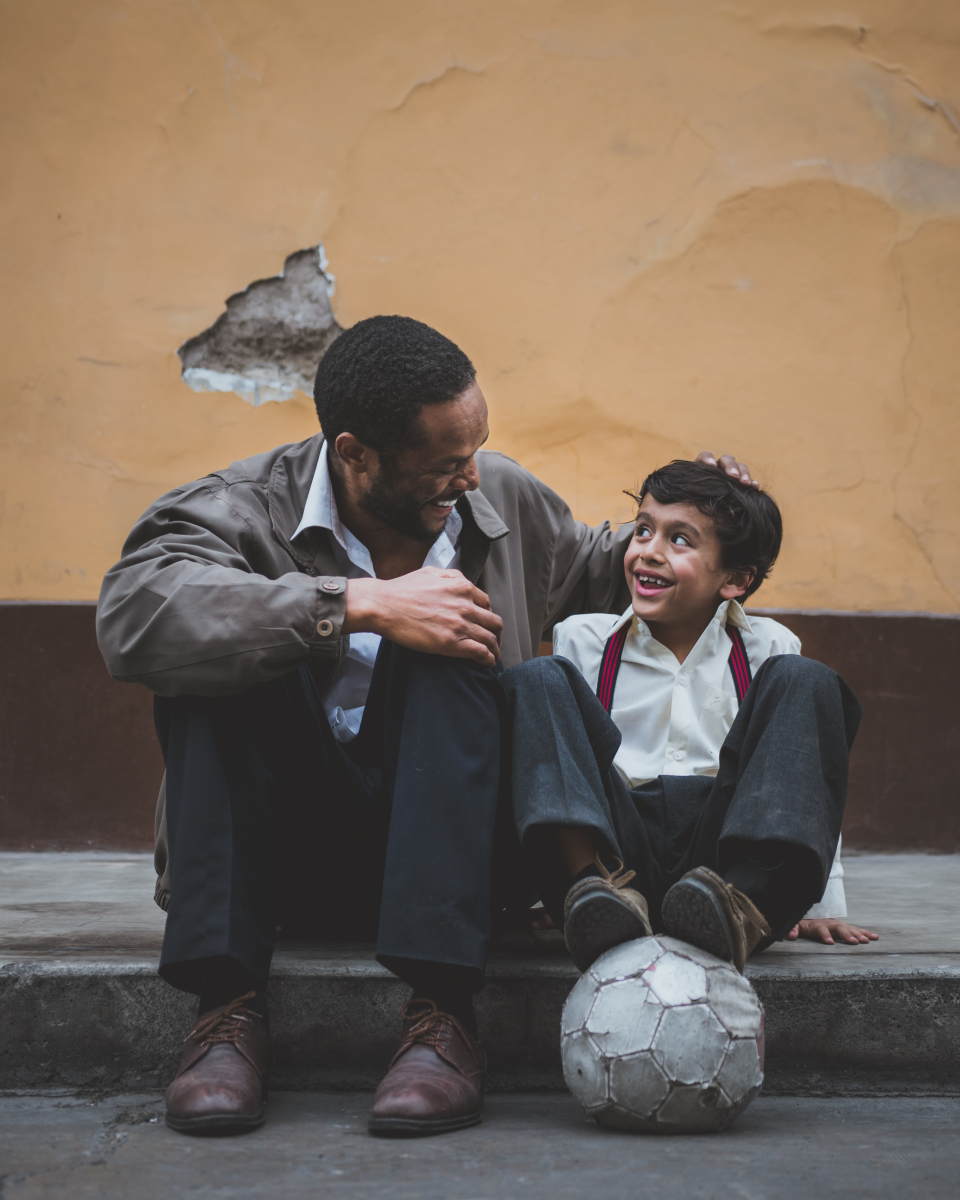 Research backs this up: parents with better emotion regulation skills demonstrate more positive parenting behaviors, and their children are stronger emotional regulators as a result. Conversely, parental difficulties with emotional regulation are a predictor of children’s struggles with emotional regulation in children who have experienced adversity.
Research backs this up: parents with better emotion regulation skills demonstrate more positive parenting behaviors, and their children are stronger emotional regulators as a result. Conversely, parental difficulties with emotional regulation are a predictor of children’s struggles with emotional regulation in children who have experienced adversity.
How do I regulate? How do I help the children I care about regulate too?
There are a wide range of tools, practices, and systems out there to build and support regulation skills, such as somatic experiencing, mindfulness, seeking social support, and even yoga. Read on to learn six pathways that support stronger regulation skills for connection and growth in adults and the children they care about.
1. Working through your trauma as a parent or caregiver is a strong place to start: Parents who have experienced childhood trauma tend to have more difficulties with emotional regulation, which includes identifying, describing, and expressing emotions. Healing your own trauma can help you, and your children, regulate more effectively.
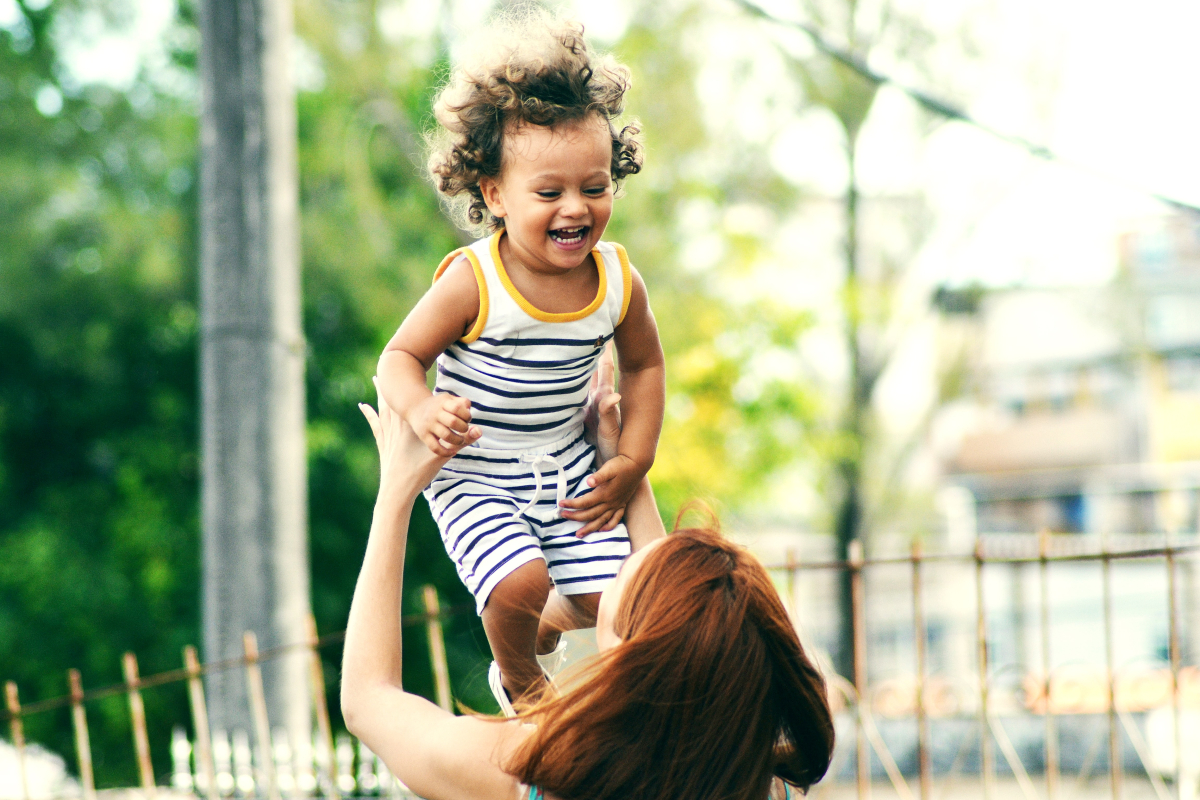
2. Nurturing secure attachment boosts regulation: Children who are securely attached are able to absorb their caregivers’ positive emotion regulation strategies when they are together, and regulate adaptively on their own when their caregiver isn’t present. Securely attached children are also more likely to use a caring adult, such as a teacher, for co-regulation, and to effectively match their regulation strategies to the intensity of their emotions, such as anger. It is never too late to nurture secure attachment with the children you care about, such as through talking about feelings, celebrating mistakes, repairing ruptures, and spending one-on-one time together.
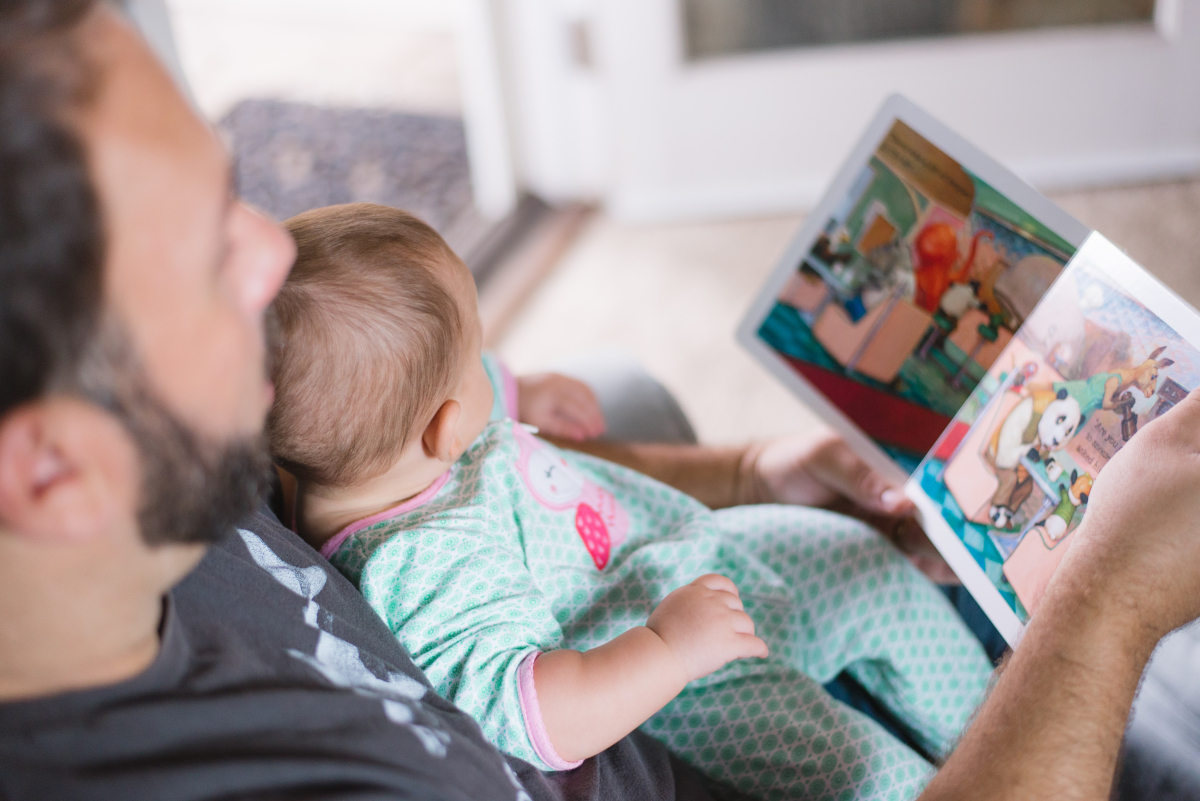 3. Caring for your own mood helps children learn to regulate: Mood disorders, such as depression, interfere with caregivers ability to regulate emotionally, which can prevent children from learning the regulation skills they need to protect their mental health. Seeking support for a mood disorder or other mental health challenge can be the first step towards enhanced regulation for both adult and child.
3. Caring for your own mood helps children learn to regulate: Mood disorders, such as depression, interfere with caregivers ability to regulate emotionally, which can prevent children from learning the regulation skills they need to protect their mental health. Seeking support for a mood disorder or other mental health challenge can be the first step towards enhanced regulation for both adult and child.
4. Tuning into your dysregulated feelings helps you understand how your child feels: As Karen Young from Hey Sigmund shares, “Children create their distress in their important adults as a way to share the emotional load when that load gets too heavy.” Co-regulating through modeling self-regulation, and showing the child they are seen, heard, and safe, provides a pathway back to regulation for both adult and child.
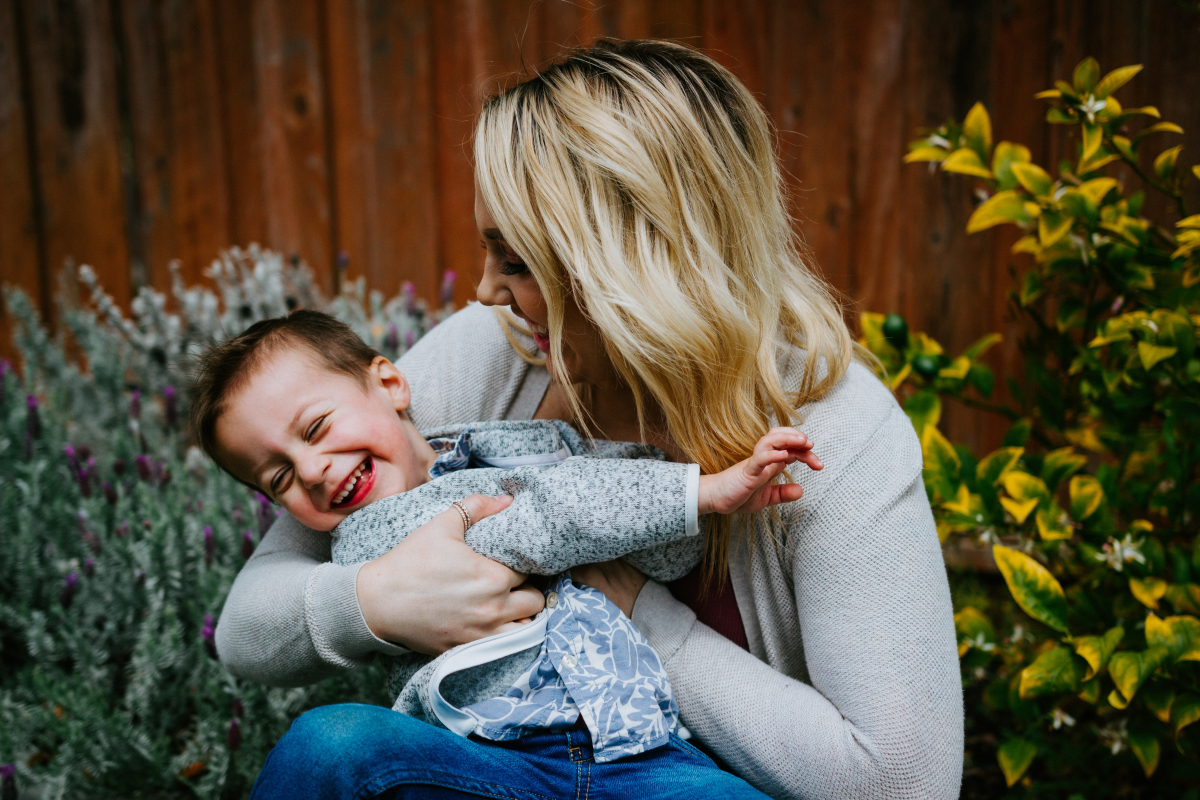
5. Being playful builds regulation: Playfulness, which describes a caregiver’s ability to act in a spontaneous, amusing, flexible, and creative manner, is linked with improved emotional regulation in children. Ways to be a playful caregiver include singing, using funny or exaggerated voices, racing to finish chores, and giving each other “love marks.”
6. Showing and telling work together to support regulation in the body: The combination of coaching children to use emotional regulation skills, and regulating your own adult nervous system, is linked to a stronger rest-and-digest response to stress in children. This means that teaching self-regulation strategies to children is most powerful when, as a caregiver, you embody regulation in your nervous system as well.